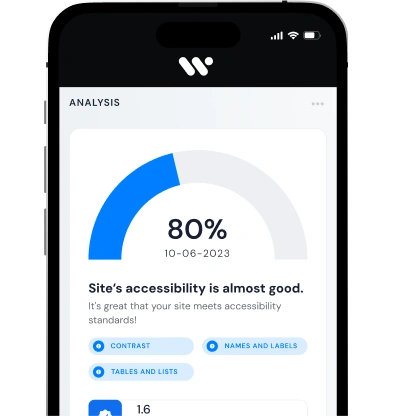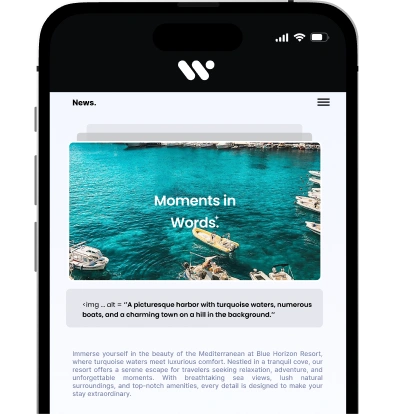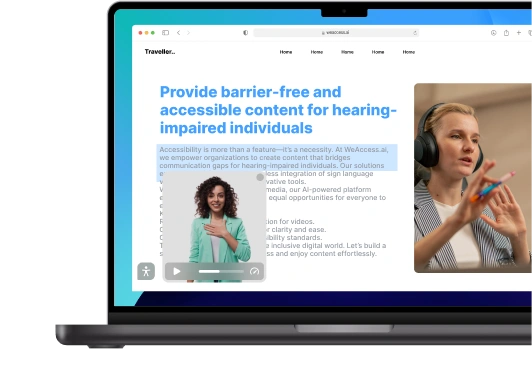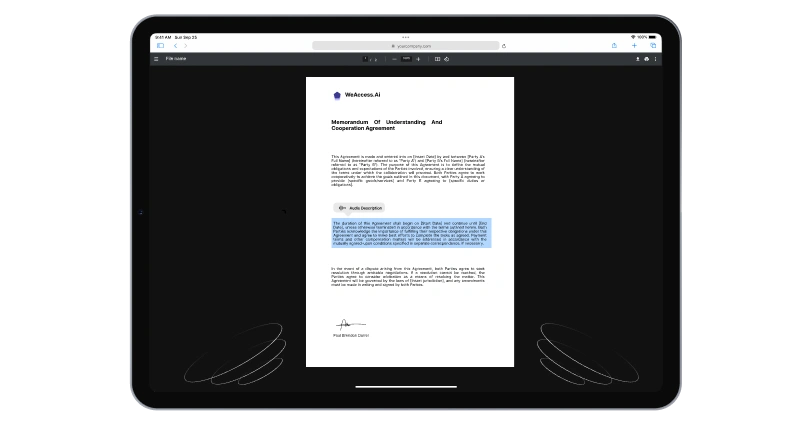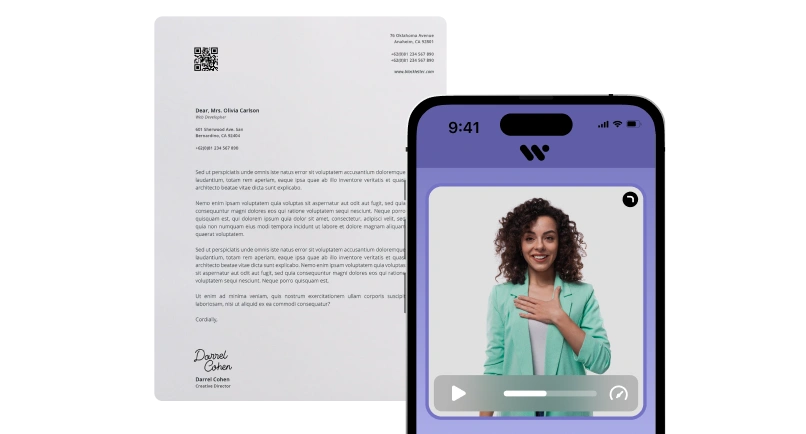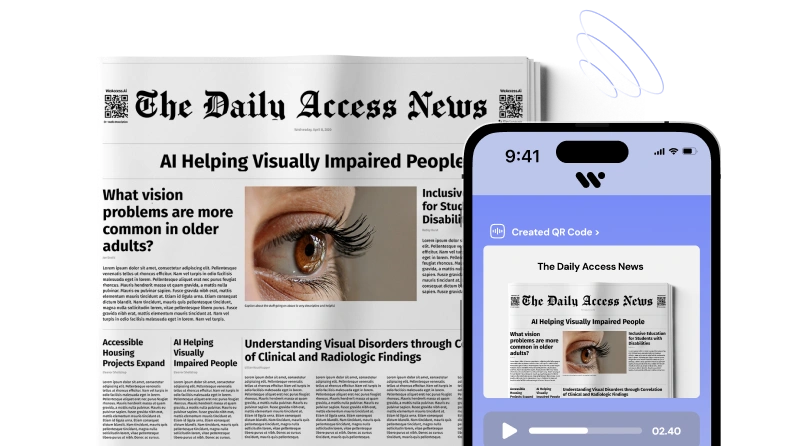Accessibility Law
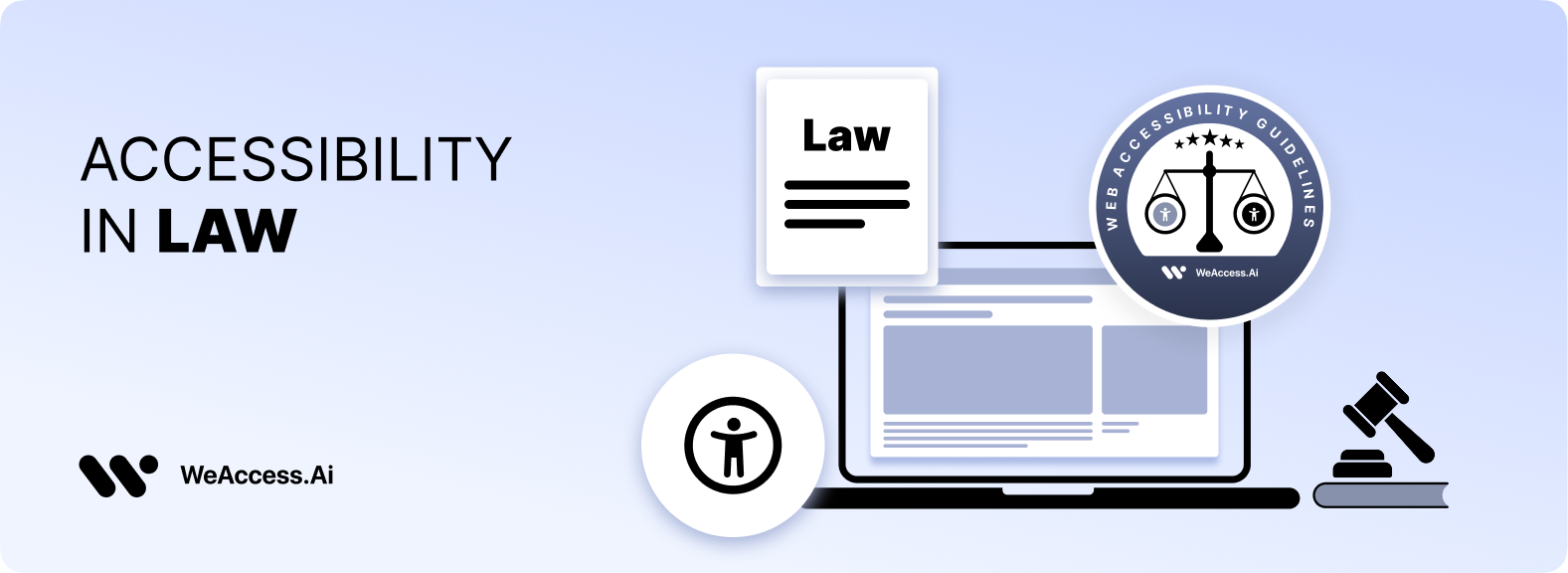
Introduction
In today's digital era, access to information and services on the internet is an essential aspect of daily life. However, for millions of people with disabilities, accessing websites can be a challenging task. To address this issue, various accessibility regulations, such as website accessibility laws and compliance standards, have been implemented worldwide. This article delves into the importance of accessibility regulations, the impact of accessible websites, the benefits of compliance, and the accessibility laws in different regions, including the US, UK, and Europe.
Importance of Accessibility Regulations
Equal Access for All Users
Web accessibility regulations, also known as a11y standards, are designed to ensure that websites are usable by everyone, including individuals with disabilities. By making websites accessible, we can create an inclusive online environment where everyone can participate and access information without barriers.
Eliminating Discrimination
Inaccessible websites can inadvertently discriminate against people with disabilities, preventing them from fully engaging with online content or services. Accessibility laws, such as the ADA Title II Website Accessibility in the US, help eliminate such discrimination and promote equal opportunities for all users.
Fostering Inclusive Digital Spaces
Inclusivity is a crucial aspect of the digital world. When websites comply with accessibility guidelines like WCAG 2.1 Level AA Compliance, they become more user-friendly and accommodating, fostering a sense of belonging and inclusivity among all users.
Improving User Experience
Web accessibility laws and standards, such as WCAG 2.1 A AA, go hand in hand with user experience. When websites are accessible, they become easier to navigate and interact with, benefiting all users, not just those with disabilities.
Encouraging Social Responsibility
By adhering to accessibility regulations, businesses and organizations demonstrate their commitment to social responsibility. Making their online presence accessible shows that they care about the needs and rights of all users.
Impact of Accessible Websites
Accessible websites have a significant impact on users, businesses, and society as a whole.
Enhanced User Experience
When websites comply with web accessibility requirements and standards, navigating through the content becomes smoother, leading to a positive experience for users. Using a web accessibility checker can help businesses identify areas of improvement.
Increased Reach and Engagement
An accessible website can attract a broader audience, including individuals with disabilities. This expanded reach can lead to increased engagement and potential growth for businesses. Companies that prioritize website accessibility often work with web accessibility agencies to ensure compliance.
Improved SEO Performance
Search engines value accessibility. Websites that are optimized for accessibility often rank higher in search results, improving their overall visibility and organic traffic. Siteimprove ADA compliance tools are commonly used to measure compliance.
Positive Brand Image
A business or organization that prioritizes web accessibility demonstrates inclusivity and care for all customers. This commitment enhances their brand image and reputation in line with digital accessibility laws.
Compliance with Legal Requirements
In many regions, web accessibility is mandated by law. Ensuring compliance not only avoids legal penalties but also upholds ethical principles. Legalbox Publishing offers resources on accessibility legal requirements.
Benefits of Compliance
Broadened Customer Base
An accessible website can attract more customers from diverse backgrounds, providing a competitive edge in the market. Global accessibility standards play a role in expanding customer reach.
Enhanced Innovation
Creating accessible websites encourages innovative thinking in web design and development, leading to advancements that benefit all users. Examples of digital accessibility advancements are evident in the latest WCAG standards.
Positive Public Relations
Compliance with accessibility regulations generates positive publicity, portraying businesses as socially responsible entities. It also includes government website accessibility requirements.
Long-Term Cost Savings
Investing in accessibility during the initial website development phase can save money in the long run, as retrofitting inaccessible websites can be costly. IT accessibility standards can guide businesses in implementing cost-effective solutions.
Improved Website Usability
Accessibility improvements often result in better website usability for all users, making it easier for them to find desired information or services. Website standards and guidelines play a vital role in usability enhancement.
Accessibility Compliance Standards
To ensure accessibility, various standards have been established globally.
Americans with Disabilities Act (ADA)
The ADA is a comprehensive civil rights law in the US that prohibits discrimination against individuals with disabilities. ADA Title II Website Accessibility pertains to government websites and programs, ensuring accessibility for all.
Web Content Accessibility Guidelines (WCAG)
Developed by the Web Accessibility Initiative (WAI) of the World Wide Web Consortium (W3C), WCAG provides a set of guidelines for making web content more accessible. WCAG 2.1 AA Compliance Checker tools help businesses assess their compliance.
Accessibility Compliance in the US
Compliance with accessibility regulations is not only a legal requirement but also essential for providing equal access to all users. It includes Federal Website Accessibility Guidelines and WCAG accessibility requirements.
Legal Requirements for Websites
To avoid legal consequences, businesses in the US must adhere to web accessibility regulations, including ADA Title II and WCAG 2.1 AA.
Equality Act 2010
The Equality Act 2010 in the UK prohibits discrimination based on disability and requires organizations to make reasonable adjustments to ensure accessibility.
The Public Sector Bodies Accessibility Regulations
In the UK, these regulations apply to public sector websites and mobile applications, ensuring they are accessible to all users.
UK Equality and Web Accessibility
The UK government is committed to creating an inclusive digital environment by promoting web accessibility.
Ensuring Accessibility in the UK
Businesses in the UK must consider accessibility guidelines to make their websites inclusive.
Accessibility Compliance for British Websites
To meet legal requirements and foster inclusivity, businesses must comply with accessibility standards in the UK.
European Accessibility Act (EAA)
The European Accessibility Act aims to improve the accessibility of products and services across the EU for people with disabilities.
EU Web Accessibility Directive
This directive requires public sector websites and mobile apps in the EU to comply with specific accessibility standards.
Web Accessibility Standards in Europe
EU member states have their own accessibility standards that align with the Web Content Accessibility Guidelines (WCAG).
Ensuring Inclusive Digital Services
The EAA emphasizes the importance of accessible digital services in the European Union.
Accessibility Compliance in the EU
Compliance with accessibility standards is necessary for businesses operating within the EU. California ADA Website Compliance is an example of regional accessibility requirements.
What is the European Accessibility Act 2023?
A New Milestone for Inclusion
The European Accessibility Act 2023 builds upon existing regulations to further enhance inclusivity across the EU.
Improving Digital Access in the EU
The Act aims to bridge the digital accessibility gap and make online services more accessible to all citizens.
Key Features of the EAA 2023
The Act includes provisions for accessible e-books, banking services, and electronic communication.
Ensuring Websites' Accessibility under EAA
Websites offering services falling under the Act's scope must ensure compliance with accessibility requirements.
Impact on Businesses and Users
The Act will have a significant positive impact on both businesses and individuals, promoting accessibility and equality.
Conclusion
Web accessibility is not just a legal obligation but a moral imperative. By making websites accessible and complying with web accessibility laws and standards like WCAG 2.1 AA, we create an inclusive digital space where
everyone can access information, goods, and services without barriers. Embracing accessibility regulations fosters a more diverse and inclusive digital landscape, benefiting businesses, individuals, and society as a whole.
FAQs
1. Why is web accessibility essential?
Web accessibility ensures that all users, including those with disabilities, can access online content and services without discrimination. Accessibility companies like Siteimprove ADA provide tools and services to improve accessibility.
2. What are the consequences of non-compliance with accessibility regulations?
Non-compliance can lead to legal penalties and reputational damage, apart from excluding potential customers. Web agencies specializing in accessibility can help businesses achieve compliance.
3. How can businesses improve website accessibility?
Businesses can improve accessibility by following recognized guidelines such as WCAG 2.1 AA and conducting regular accessibility audits using a website accessibility checker.
4. Do accessibility improvements affect website performance?
No, accessibility improvements generally enhance website usability and can even positively impact SEO performance. The best web accessibility checker tools can identify areas for improvement.
5. What role does user feedback play in improving accessibility?
User feedback is invaluable in identifying accessibility issues and making iterative improvements to enhance overall usability. It plays a crucial role in web usability standards and compliance.


 Web Accessibility Suite
Inclusive, accessible web for all.
Web Accessibility Suite
Inclusive, accessible web for all.


 Mobile Accessibility Suite
Smooth access on mobile devices.
Mobile Accessibility Suite
Smooth access on mobile devices.


 Media Accessibility Suite
Accessible videos and images for all.
Media Accessibility Suite
Accessible videos and images for all.


 Document Accessibility Suite
Accessible PDFs for all.
Document Accessibility Suite
Accessible PDFs for all.


 Printed Content Accessibility Suite
Accessible print, audio description, voiceover, & sign language support.
Printed Content Accessibility Suite
Accessible print, audio description, voiceover, & sign language support.





